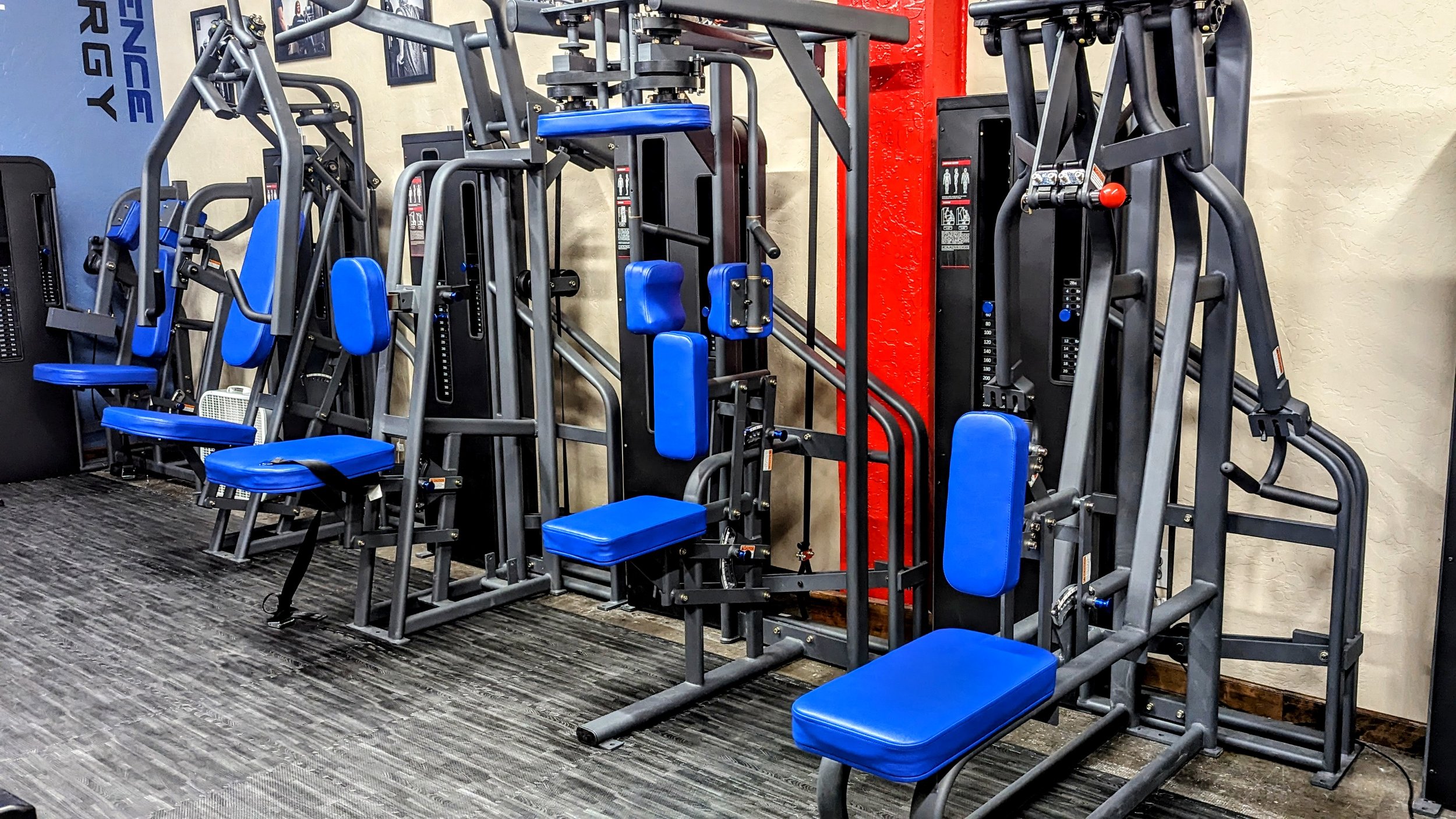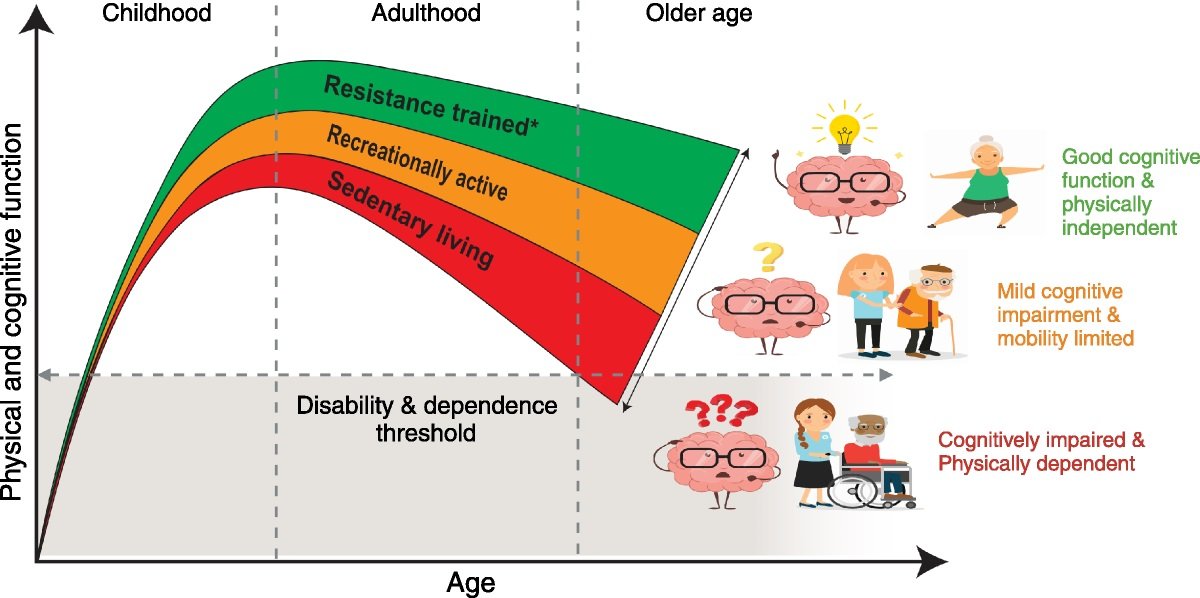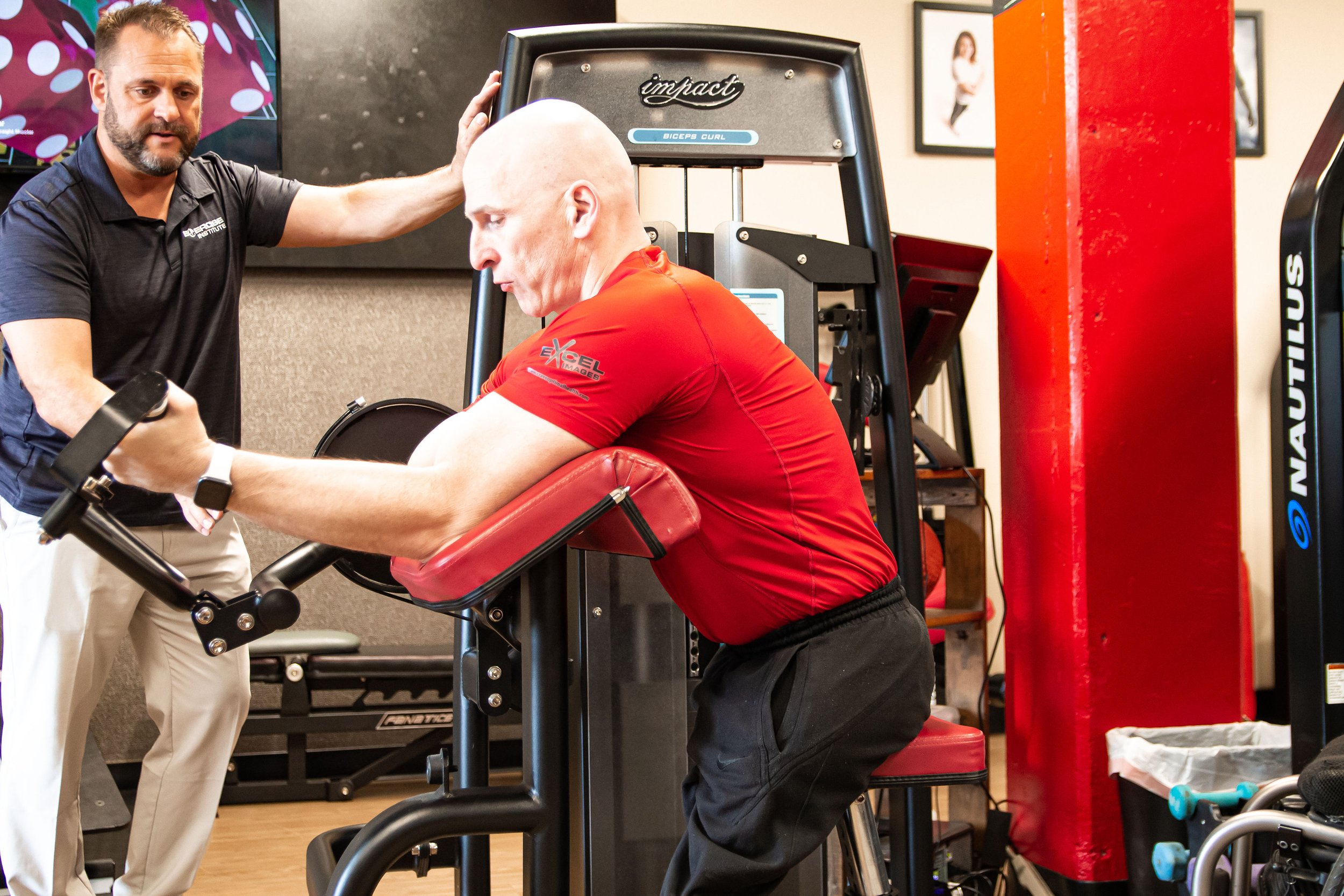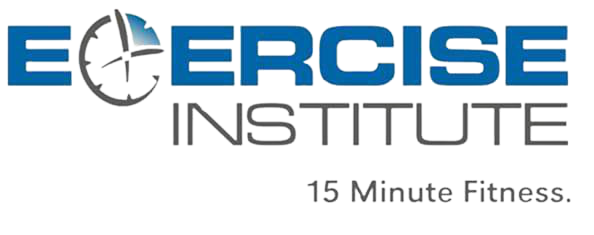
Further Your Knowledge

Unlocking the Benefits of Varying Repetition Speed and Time Under Load for Optimal Fitness Results
How slow do I need to move during a set of an exercise?
All methods of exercise will result in health and wellness benefits (assuming it is balanced with adequate recovery), but not all exercise methods are as efficient, safe, practical, or easy for everyone to adhere to.

Understanding the Definition of Exercise for a Healthier You
Exercise itself is breaking down the muscles of our body to stimulate our bodies to adapt. Exercise itself does not make you stronger or healthier. The recovery between exercises is where the magic happens. If the balance between exercise and recovery is off, it can be very detrimental to your health. If you get nothing from this, please take away this: Recovery is AS essential to optimizing health as exercise.

The True Purpose of Strength Training: More Than Muscular Gains
Resistance exercise is known to increase muscle mass & size, but there are far more benefits to resistance training than just that. Improved mobility, fall prevention, improved cognitive function, increased cancer survival, improvements to metabolic health (including diabetes), and reduction in all-cause mortality, are the real reasons you should be lifting weights. They are also the reasons you should prioritize strength training over aerobic training.

Revolutionize Your Workouts with Super Slow Training: The Exercise Institute Way
Proper strength circuit style exercise, or global metabolic strength and conditioning is a safe means to an end. Properly done, exercise can serve as a stimulus to the body. If that stimulus is intense, brief and infrequent enough it will trigger our bodies protective mechanisms in a positive way. Increasing our muscle mass and in turn help us live longer, stronger, leaner & injury free.
